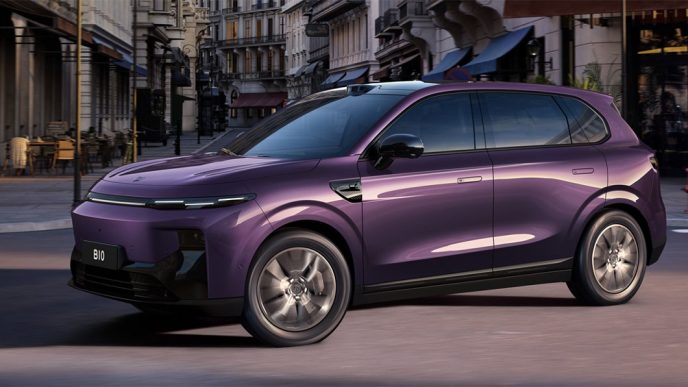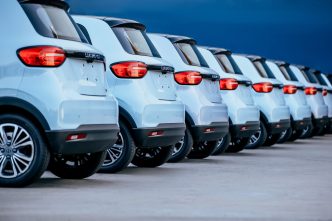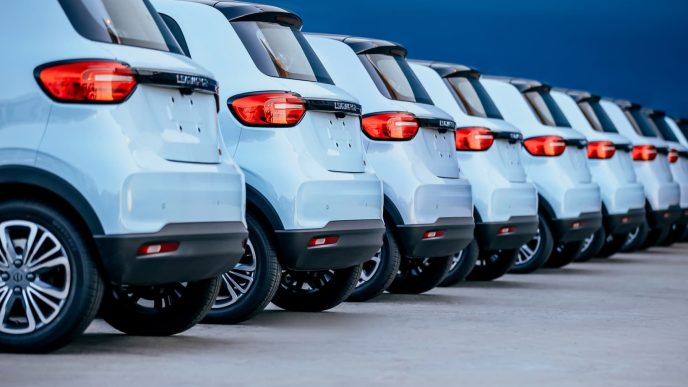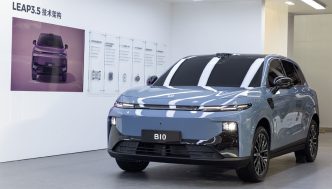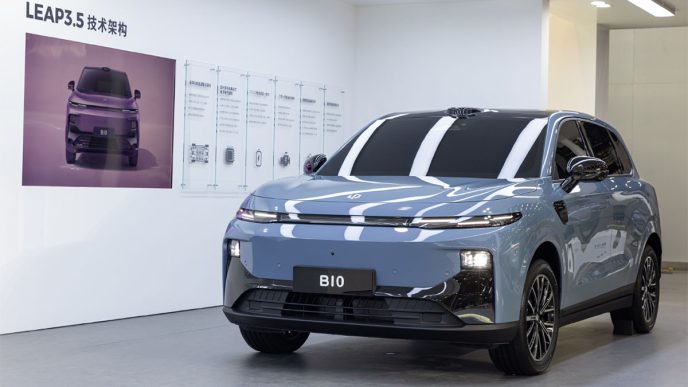Stellantis has introduced the Leapmotor C10 electric SUV in Malaysia as part of its push into the Southeast Asian market. The launch, held on Wednesday, October 16, marks a significant step in Malaysia’s ambitions to become a regional hub for electric vehicle (EV) production. The Malaysian government is aiming for EVs and hybrids to make up 20% of new car sales by 2030, supported by a well-equipped EV supply chain.
The Leapmotor C10, a medium-sized electric SUV, comes with a 69.9 kWh battery offering an estimated range of 262 miles, based on the European WLTP standard. It delivers 218 hp and 320 Nm of torque. “Stellantis will begin sales with the Leapmotor C10, aligning with Malaysia’s push toward cleaner mobility,” said Tengku Zafrul Aziz, Malaysia’s Investment, Trade, and Industry Minister.
Stellantis holds a 51% stake in the Leapmotor International joint venture, giving it exclusive rights to manufacture, export, and sell Leapmotor products outside China. The partnership’s ambitions extend beyond Southeast Asia, with India also being considered as a potential market. However, India’s hesitance toward importing Chinese-made EVs might influence the strategy.
To navigate growing global tariffs on China-made EV imports, Stellantis and Leapmotor have begun EV production at Stellantis’ facility in Poland. This European-based production could help the joint venture avoid tariffs imposed by markets such as the EU, Canada, and the United States, where restrictions on China-made EVs are increasing.



